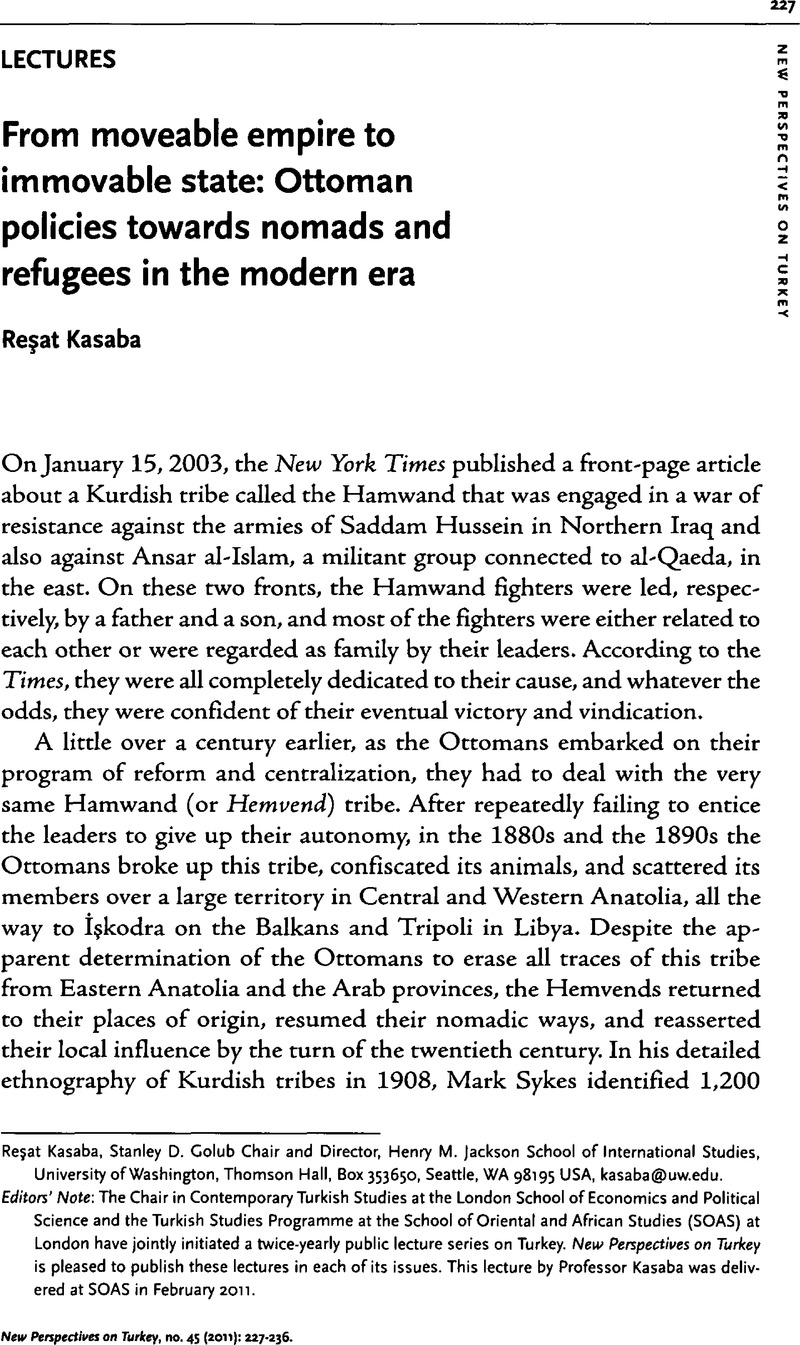Crossref Citations
This article has been cited by the following publications. This list is generated based on data provided by Crossref.
BAŞKAN, Argun
2023.
HISTORY, INTERNATIONAL RELATIONS AND THE OTTOMAN EMPIRE: A REVIEW ARTICLE.
Tarih İncelemeleri Dergisi,
Vol. 38,
Issue. 2,
p.
371.



